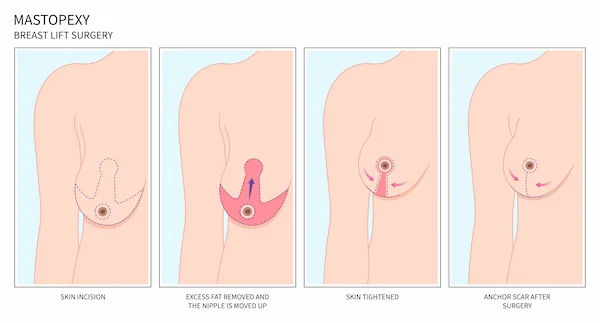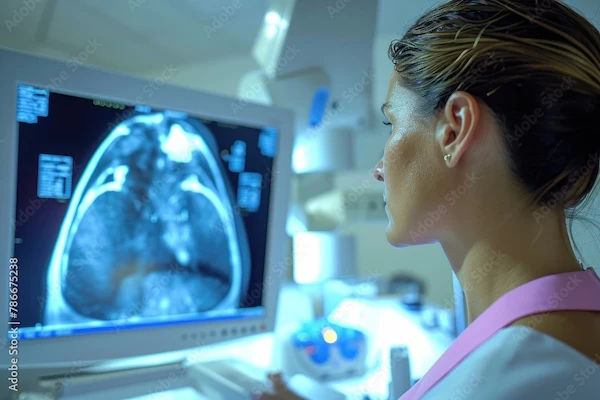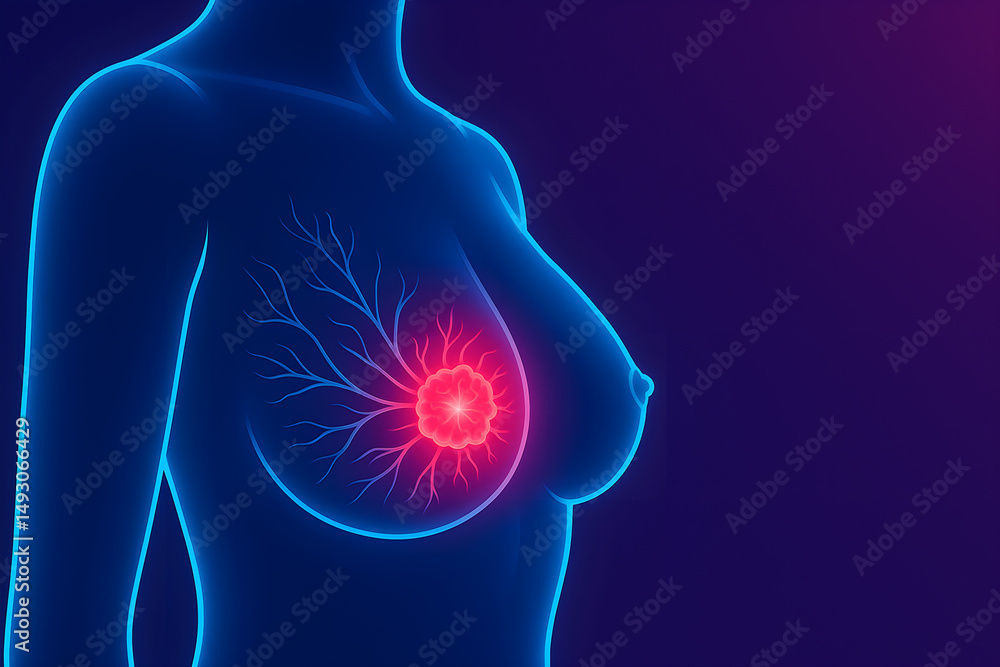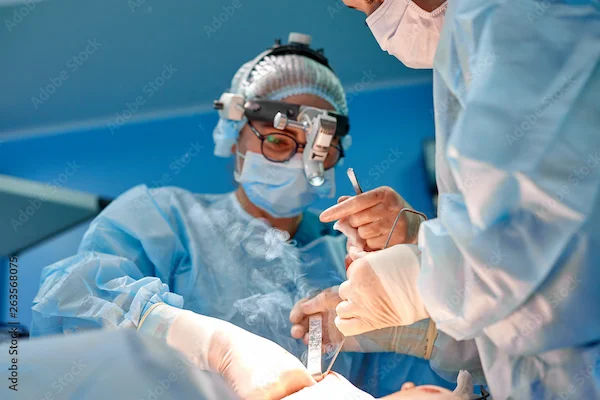Fat Transfer Breast Reconstruction
Learn about fat transfer breast reconstruction, a natural and minimally invasive technique for restoring breast shape using your body’s own fat. Discover its benefits, procedure, recovery, and risks.

Written by Dr. Sonia Bhatt
Last updated on 3rd Jul, 2025

Introduction
Breast reconstruction is a surgical procedure to restore the shape and appearance of the breast after a mastectomy or lumpectomy. Many women prefer fat transfer for its natural look and feel, making it suitable for modest size increases or shape refinement. This technique can be combined with implants for added volume or to correct irregularities, offering a personalised approach.
Fat transfer breast augmentation involves harvesting fat from areas like the abdomen or thighs and injecting it into the breasts, enhancing breast size while improving the contour of the donor sites. This method can significantly boost confidence and femininity during the recovery journey.
Fat Transfer Procedure
Here’s a step-by-step overview of the fat grafting process.
Consultation: Meet with the plastic surgeon to discuss your goals and determine if fat transfer is the right option for you.
Anaesthesia: The procedure is generally performed under general anaesthesia, though local anaesthesia may be appropriate for minor adjustments.
Fat Harvesting: Fat is extracted using liposuction from areas such as the thighs, abdomen, or buttocks.
Fat Processing: The harvested fat is processed to remove impurities and prepare it for injection.
Fat Injection: The purified fat is carefully injected into various layers of breast tissue using specialised syringes.
Multiple Sessions: To achieve optimal results, additional sessions may be needed, spaced 3 to 6 months apart, since some fat may be absorbed by the body.
Outpatient Procedure: This procedure is usually performed on an outpatient basis, allowing patients to return home the same day.
Final Results: It can take up to six months to see the final outcome as the fat cells settle. Surgeons often inject a bit more fat to account for any absorption that may occur.
This structured approach helps create a natural appearance and ensures long-lasting results in breast reconstruction using fat grafting.
Benefits of Breast Reconstruction Using Fat Grafting
Breast reconstruction through structural fat grafting can effectively improve scarring and skin damage from previous procedures, resulting in a more symmetrical appearance. Key advantages of this technique include:
Natural Tissue: As the fat is sourced from your own body, there is no risk of rejection, and it closely resembles natural breast tissue.
Enhanced Contouring: Surgeons can precisely inject small amounts of fat, facilitating easier symmetry and shaping.
Reduced Discomfort: Following fat placement, the skin may become softer and more pliable, leading to decreased pain and stiffness.
Long-Lasting Results: The positive softening effects from the stem cells in the fat can persist for months or even years after the procedure.
Candidates Ideal for Fat Transfer
Choosing to live without a breast or part of one is a deeply personal decision that affects each woman differently. Advancements in plastic surgery now enable effective breast reconstruction using either implants or your own tissue. These procedures not only change physical appearance but can also offer psychological benefits, contributing to a sense of well-being for both the individual and their family.
You may be a good candidate for fat transfer if you:
Are near your ideal weight
Are in good health
Do not smoke or can stop smoking
Have adequate body fat, especially if enhancing larger areas like the hips or buttocks
Seek subtle, natural-looking results and have realistic expectations regarding the outcome.
Risks and Considerations Before Undertaking Reconstruction
While fat grafting has many advantages, there are some potential drawbacks also to be considered:
Surgical Risks: Possible complications include bleeding and infection.
Fat Necrosis: Some of the injected fat may break down and form scar tissue, leading to firm lumps that might be confused with cancer recurrence. The risk is higher when larger volumes are injected in one go.
Multiple Procedures: Achieving the desired breast size may require several sessions, typically conducted under general anaesthesia.
Volume Loss: The body may gradually reabsorb some of the injected fat, resulting in a decrease in volume. To address this, surgeons often inject more fat than expected.
Future Reconstruction: If fat grafting does not yield the desired results, tissue from the same area cannot be used for flap reconstruction (surgical technique used to rebuild the breast after a mastectomy) later on.
Brava Device: it is an non-surgical tool used to assist in breast augmentation and tissue expansion. If required, the use of this device can prolong the overall procedure by several weeks.
Although complications are uncommon, they can include:
Bleeding
Infection
Scarring
Irregularities in appearance
Incorrect fat placement (too much or too little)
Comparison with Other Reconstruction Techniques
Before choosing a reconstruction method, it's crucial to discuss your preferences, medical history, and any previous surgeries with your healthcare provider.
Implants:
Method: Involves using a tissue expander to stretch the skin, followed by the insertion of silicone gel or saline implants.
Satisfaction: Many women report being pleased with the results.
Risks: Potential for rupture, which could lead to discomfort and the need for further surgery.
TRAM Flap:
Method: Utilises tissue from the abdomen to create a breast mound, often requiring the removal of some abdominal muscle.
Types:
a. Pedicle Procedure: Tissue stays connected to its original blood supply.
b. Free-Flap Procedure: Tissue is completely detached and reconnected at a new site.
c. Muscle-Sparing Free TRAM Flap: Reduces the amount of muscle removed, promoting a faster recovery.
d. Tissue Quality: This method produces tissue that closely resembles natural breast tissue.
e. Complexity: Generally more intricate than implant procedures, with risks including bleeding and infection.
Nipple Reconstruction:
Timing: Typically done after the breast has healed.
Options: Can create a nipple using existing tissue or reattach the original nipple if it is cancer-free.
Alternative: A prosthetic nipple is available for those who choose it.
This comparison outlines the key features and considerations of each breast reconstruction method, supporting informed decision-making.
Recovery and Aftercare Post the Procedure
Understanding the recovery process is crucial for a smooth healing experience. Here’s what to expect during your recovery:
Recovery Factors: Recovery will vary based on the amount of fat harvested and the number of donor sites used. More fat taken from multiple areas may lead to increased discomfort.
Symptoms: You can expect some swelling and bruising in the breasts, though any pain should be minimal. Most swelling will decrease within three weeks, while tenderness at donor sites may last for up to six months.
Activity Restrictions: For the first three weeks, it's important to avoid putting pressure on your breasts. This includes not sleeping on your stomach and steering clear of intense upper-body exercises. Taking a few days off work is advisable to ease your transition back to daily activities.
Exercise: Light physical activity can typically begin after ten days to two weeks.
Final Results: Full results may take several months to manifest, but benefits can last for years. Structural fat grafting enhances fat survival by positioning it near a blood supply, which can help address issues from prior procedures.
Post-Procedure Care: The treated areas will be covered with a compression garment and bandages to reduce swelling. You can usually go home the same day with detailed aftercare instructions.
At-Home Care: Continuously wear the support garment and follow your doctor’s recommendations for pain management. Discomfort usually subsides within a week, but soreness, bruising, and swelling may linger for several weeks.
Returning to Work: Most people can return to work within 2 to 14 days, although some swelling may last for up to six weeks.
Resuming Activities: Your doctor will advise when it's appropriate to resume normal activities and exercise.
Long-Term Outcomes and Potential Side Effects
After undergoing surgery, it’s important to be aware of the potential side effects that may arise during the recovery process. While many individuals recover smoothly, understanding these possible complications can help you manage expectations and seek prompt care if needed.
Potential Side Effects:
Infection: There's a risk of infection at the surgical site, which can usually be managed with antibiotics.
Pain and Discomfort: Pain levels differ among individuals, and your doctor will suggest appropriate pain relief options.
Itching: The healing area may itch. It's important to avoid scratching; consult your doctor for suitable creams to alleviate discomfort.
Numbness or Tingling: These sensations may occur due to nerve impact and can last up to 12 months after surgery.
Fluid Collection: Fluid may gather beneath the wound after drainage tubes are removed. Small amounts might resolve naturally, while larger collections may require medical intervention.
Conclusion
Fat transfer breast reconstruction is an effective and minimally invasive procedure that enhances breast shape and volume using the body’s own fat. By harvesting fat from areas like the abdomen, thighs, or buttocks, this technique achieves a natural appearance with minimal scarring. Although it is frequently combined with other reconstruction methods, its rising use as a standalone option indicates a shift toward less invasive solutions. With advantages such as improved aesthetics and a reduced risk of complications, fat transfer breast reconstruction presents a compelling choice for women looking to restore their breasts after surgery.
Speak with your plastic surgeon to see if fat transfer is a suitable option for you.
Consult Top Plastic Surgeons
Consult Top Plastic Surgeons

Dr.rakesh Koudki
Plastic Surgeon
13 Years • MBBS, MS - General Surgery, MCh - Plastic & Reconstructive Surgery.
Bengaluru
Skin And Recon Dermatology & Plastic surgery clinic, Bengaluru

Dr. Pradeep N
Plastic Surgeon
14 Years • MBBS, DNB Plastic Surgery
Bengaluru
Q Medical centre and hospital, Bengaluru

Dr. Reginold Lam
Plastic Surgeon
25 Years • MBBS, Mch
Hyderabad
Sathya Veda Medical Center, Hyderabad

Dr. Kushal Monga
Plastic Surgeon
12 Years • MBBS, MS - General Surgery, MCh - Plastic Surgery
New Delhi
Maple Care, New Delhi
Dr. Ranganath Vs
Plastic Surgeon
21 Years • MBBS,MS Gen Surgery,MCH(Pl.Surgery)
Bengaluru
SURGIDERMA HOSPITAL, Bengaluru




